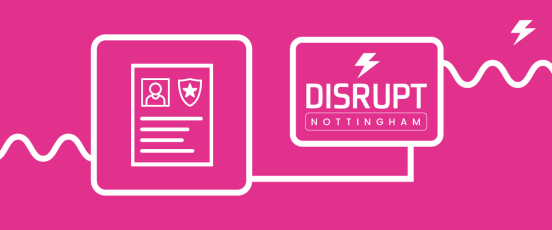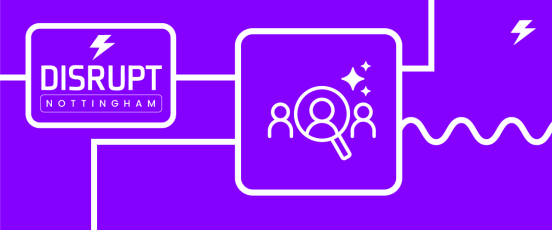Human capital management vs human resources: key differences

Are HR and HCM the same thing despite the different names? Let’s dig into the details and find out.
Human capital management (HCM) and human resource management (HRM) are related concepts, but there are some key distinctions between them. Getting a sense of that is vital if you want to grow your HR department and find the right solutions for your problems. Think of it like handling nails with a screwdriver, while screws get a hammer. It might do the job, but it’ll take a lot more misplaced energy.
Understanding human resources
HRM is the more traditional approach to HR needs. While it is multifaceted, it’s fairly focused on managing the employees within an organisation. Typically, it involves finding procedures that can be implemented to reach certain goals and implementing those procedures as successfully as possible. In the UK, HRM systems must comply with GDPR and HMRC regulations. HCM platforms often include built-in compliance tools to support both local and international workforce requirements.
For example, a HRM professional would be focused on crafting suitable job descriptions, reaching out to potential candidates on social media, and tracking how well different programs are doing.
HRM software is typically used to streamline the day-to-day of your HR team. That could involve automation of administrative tasks or tracking regulation compliance. This gives your productivity a significant boost.
Understanding human capital
Human capital management is a lot broader, which has a more holistic ‘complete picture’ take. As a rule of thumb, HCM covers core HR concepts but also tends to dig a bit deeper into data processing and analytics. HCM also covers concepts like talent acquisition and management, performance management and even development. HCM sees your employees as assets in and of themselves, showing the importance of growing each employee to drive success.
HCM software goes beyond administrative functions, and typically will enable better analytical capacity, with better reporting and other tools that lead to proactive growth. HCM software also embraces certain new technologies like artificial intelligence and machine learning to further enhance. Cloud-based solutions are also growing more popular, as this allows for the interconnected view of data that helps HCM thrive.
What's the difference between HRM and HCM?
It’s important to note that there is some natural overlap between HRM and HCM. Both fall under the umbrella of your HR department, for example. Both also typically revolve around making each employee’s experience at work better. However, HCM tends to go into more depth than HRM.
HRM is:
- Tactical
- Administrative
- Transactional
HCM is:
- Strategic
- Proactive
- Holistic
As a rule of thumb, HRM is very process based, with a focus on daily activities and how to improve it. It makes for a narrower scope, but it does ensure that the right people are in the right place at the right time. HCM covers a wider range of functions, creating a more comprehensive view of the entire employee life cycle.
In short, HRM is focused on your immediate, day-to-day needs. HCM is about the long-term goals of the organisation.
Which is right for your business?
Some of the key questions you may want to ask when deciding are:
- Are you managing a global workforce? This would be relevant to a HCM platform.
- Need to automate admin tasks? This would be relevant to HRM
- Focused on long-term talent development? This would be relevant to HCM
Integrating human capital and human resources for better results
As mentioned, HCM can cover a number of the same aspects of HRM. However, it’s best to see the two as distinct, as both have a key role to play in the growth of your business, whether that is for a small, medium or enterprise business. By recognising the differences, you’ll ensure your resources are optimised to your needs at the time. If you need to improve your operations, more time should be spent on HRM principles. If you’re looking at your long-term strategic growth, then HCM should have more focus.
By keeping this unified approach, you’ll be able to stay agile, moving between priorities as and when they shift. Staying proactive is key. Without this, you could find yourself wasting time, money and energy fixing problems with the wrong tools. HR departments are already feeling overburdened, and if you don’t bring in the solution in you’ll find them growing more stressed, delivering worse work and potentially even quitting the workplace altogether.
Choosing the right technology in human capital and human resources
Technology has a huge role to play in how you handle your HCM or HRM needs. The right solutions will be capable of handling both facets, and connecting those facets seamlessly, letting you create a rounded approach that makes a more effective organisation as a whole. While HRM and HCM share common ground, they serve different purposes. A HR software supports daily operations, while a HCM platform drives long-term growth. Choosing the right approach can help your business stay agile, compliant, and competitive.
People First offers amazing innovative tools built on the cloud, creating a unified, seamless experience that’s easy for HR professionals to slot into their day-to-day.
To find out more, take a look at our HR solutions in more detail. We can help you attract, onboard and develop the best talent with our mobile-friendly HR engine by your side.



